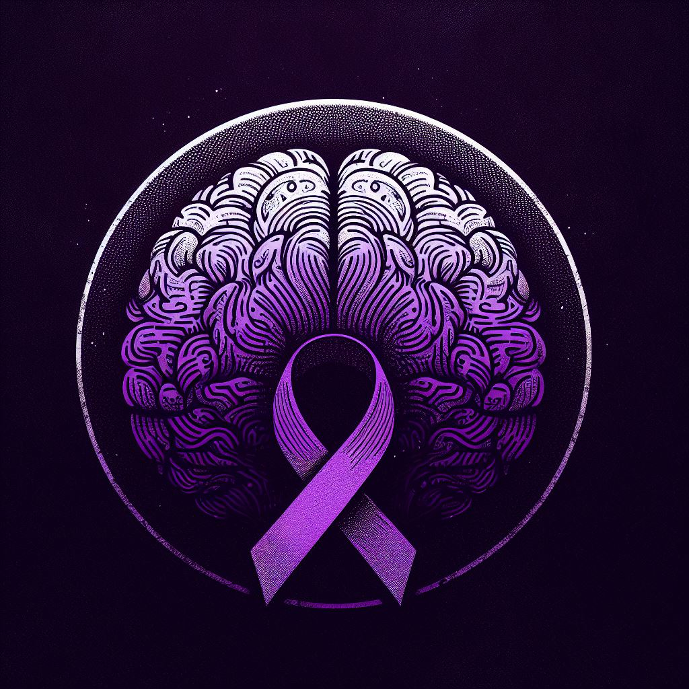Most domestic violence remains hidden from view, occurring behind closed doors and among partners who often stay silent. Globally, an estimated one in three women experience some type of physical or sexual partner violence in their lifetime. The physical injuries are often severe and, unfortunately, domestic violence is a leading cause of concussion. In a report issued in 2020, the US Governmental Accountability Office indicated that improved data collection is needed to assess the prevalence of brain injury among the abused. There are now better tools than ever to diagnosis such injuries, including concussion.
October is Domestic Violence Awareness Month and in this blog post, we explore the signs of domestic violence, shed light on its various forms, and emphasize the importance of recognizing and addressing this problem.
Understanding Domestic Violence
Domestic violence, also known as intimate partner violence, is a pattern of abusive behavior in any relationship that is used by one partner to gain or maintain power and control over another. It can take various forms, including physical, emotional, psychological, sexual, and financial abuse.
1. Physical Abuse
Physical abuse is often the most visible form of domestic violence. It includes actions like hitting, slapping, pushing, choking, or any other physical harm inflicted on the victim. Bruises, broken bones, and injuries that cannot be easily explained may be indicators of physical abuse.
2. Emotional and Psychological Abuse
Emotional and psychological abuse is less visible but equally damaging. It involves tactics such as humiliation, intimidation, name-calling, and threats. Over time, these actions can wear down a person’s self-esteem and mental health.
3. Sexual Abuse
Sexual abuse in domestic violence encompasses any non-consensual sexual activity or coercion within an intimate relationship. This may include forced sex acts, sexual humiliation, or manipulation through guilt or threats.
4. Financial Abuse
Financial abuse occurs when one partner controls the other’s access to financial resources, making them financially dependent. This can include withholding money, limiting access to bank accounts, or coercing the victim into signing financial documents.
Recognizing the Signs
Recognizing the signs of domestic violence is the first step in helping survivors. Here are some red flags to watch for:
1. Frequent injuries or unexplained bruises: Consistent physical injuries that the victim struggles to explain may indicate physical abuse.
2. Emotional distress: Constant fear, anxiety, depression, or a sudden change in personality can be signs of emotional and psychological abuse.
3. Financial dependence: A sudden loss of financial independence or control over one’s own finances is a sign of financial abuse.
4. Isolation from friends and family: Abusers often seek to isolate their victims from friends and family members, making it difficult for them to seek help or support. This may involve monitoring phone calls, controlling social interactions, or preventing the victim from leaving the house. Drastic changes in social behavior, withdrawal from loved ones, or avoiding social interactions may signal an abuser’s isolation tactics.
Taking Action
If you suspect that someone you know is a victim of domestic violence, it is crucial to take action:
1. Listen and support: Let the survivor know that you believe them, that you are there to support them, and that they are not alone.
2. Encourage professional help: Suggest that they seek assistance from local domestic violence organizations, therapists, or counselors who specialize in trauma.
3. Offer resources: Provide information about local shelters, hotlines, and legal services that can help them safely escape the abusive situation.
4. Safety first: If you believe the survivor is in immediate danger, call the police to ensure their safety.
Domestic violence is a complex and deeply troubling issue that affects individuals, often in silence and secrecy. Recognizing the signs and offering support is vital to helping survivors break free from the cycle of abuse. Your actions can make a significant difference in someone’s life and help them on their path to healing and recovery. If you or someone you know is experiencing any signs, reach out to Domestic Violence Support | National Domestic Violence Hotline (thehotline.org).
